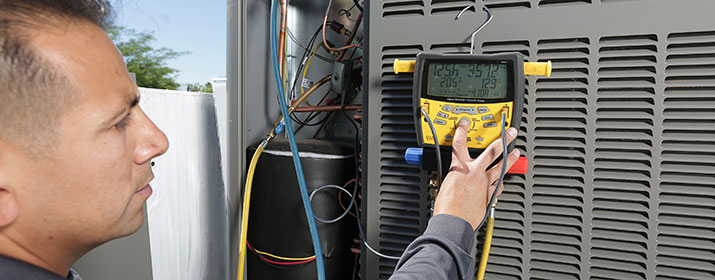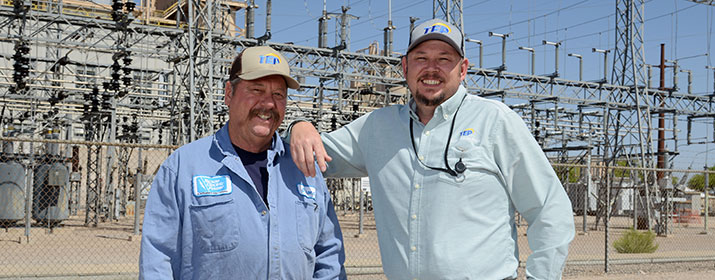
More electric vehicles are coming.
That’s why we’ve asked a fundamental question as we plan for the future: Is the grid up for the challenge of growing EV adoption?
The answer is yes, according to a recent grid impact analysis for TEP.
Given steady adoption, EVs aren’t driving an immediate, overnight increase in demand. That provides time for proactive planning to manage complexity and maintain stability, even as electric vehicles become more commonplace.
The study, finalized in January, identified where and how fast EV adoption is happening today across our community and extrapolated future growth based on market forecasts. The study analyzed residential growth, as well as broader fleet conversions and growing demand for public charging infrastructure.
“The study was valuable in identifying areas where the potential for EV adoption is high, to create greater visibility into the growth needs in those areas,” said Camila Martins-Bekat, Principal of Beneficial Electrification. “That is incredibly useful information that allows us to take steps to accommodate the increased usage we’ll expect over time.”
The analysis identified some long-term, local grid constraints in areas of high EV adoption or with public fast charging infrastructure. These areas will likely require future investment as well as a potential reconfiguration of existing infrastructure. For example, public fast chargers are expected to be concentrated at points of interest for highway travel where there might not be sufficient electric infrastructure.
Customer education and peak demand management are key to mitigating grid impacts and costs, Martins-Bekat noted. Customer behavior can help manage peak demand in a number of ways:
- Managed overnight charging. While some EV drivers plug in their vehicles when they come home from work, that can be a busy time on our local energy grid. Incentives to charge overnight or at other times of lower demand could help us manage load with less need for new resources.
- More workplace charging stations. This could help make the most of plentiful solar production at midday, offsetting the need to plug in during peak times.
“Electric vehicles are just one of the growth drivers we’ll expect in the coming years,” said Donovan Sandoval, Manager of Distribution Planning and Engineering. “We’re very focused on planning for that growth, so we can effectively meet our customers needs while maintaining affordability and ensuring grid resiliency.”






